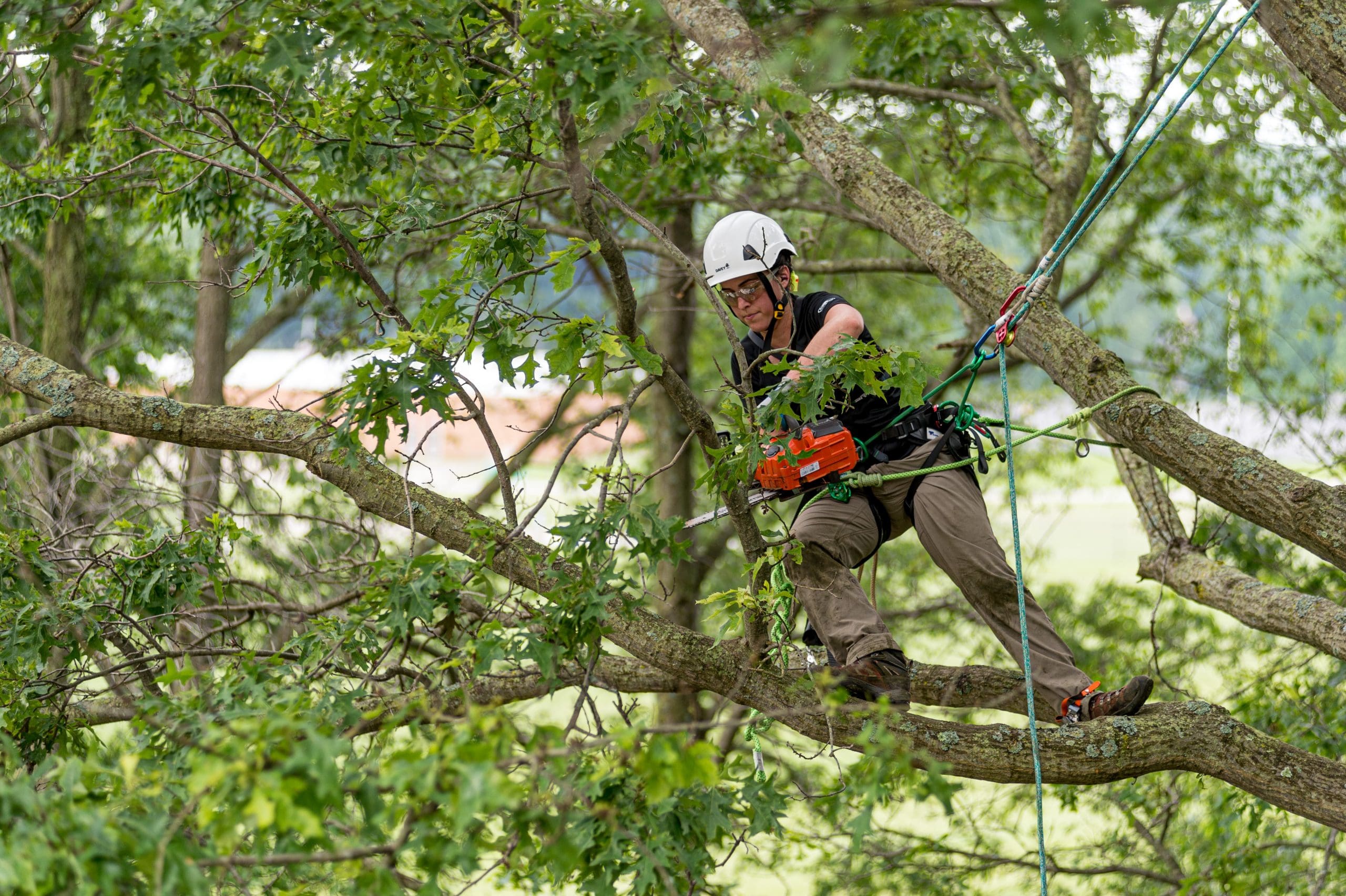
If your company is looking at adding a tree care division to your operations a major question is should you have in-house arborists or subcontract with a tree care company?
The answer depends on aspects such as your core company focus, your client base and your available capital.
“Work to understand all the costs associated with arbor work,” says Rob Barber, executive vice president of operations for LandCare. “Meaning additional safety requirements/training, equipment needed (including maintenance and annual certifications), labor cost differences from core business, estimating structure (including skill needs and resources) and most importantly the amount of distraction to your leadership team from your core business. Distraction from your core could erode your performance and ultimately renewals.”
In-House Arborists
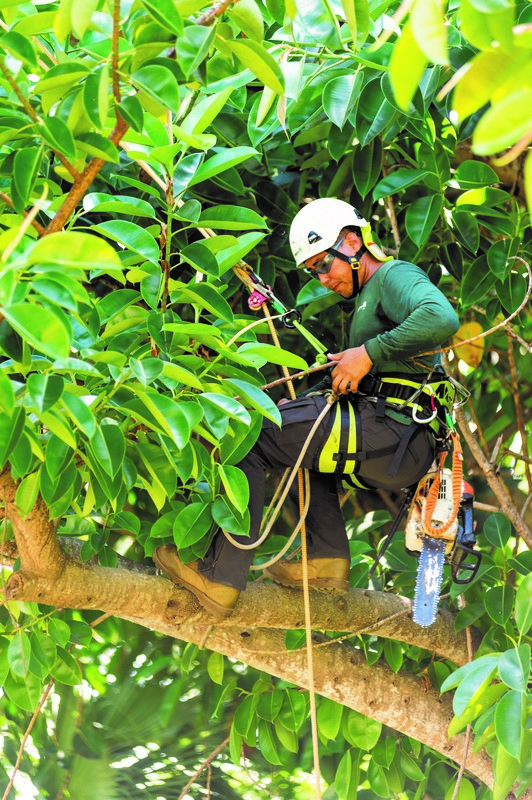
Some of the main benefits of choosing to go with in-house arborists are safety, quality control and quality of work.
“Our people are trained to look at other hazards that might be happening in the tree, not just to trim a branch, but they might look for diseases, or they might look for failures somewhere else, or they can tell that something is not right with the tree,” says Don Winsett, vice president of national business development for Davey Tree Expert Company, based in Kent, Ohio.
Joshua Malik, owner of Joshua Tree, based in Stockertown, Pennsylvania, says one of the main benefits of having arborists in-house is the relationship building between them and the client. He has three certified arborists who sell tree work and additional arborists on their tree care crews.
“They’re the face of the company when they go out there,” Malik says. “They’re in vehicles that are wrapped with branding on there for Joshua Tree. They get to be that same person in that same territory that has been with that client time after time, year after year so they get to build a really good strong relationship with them.”
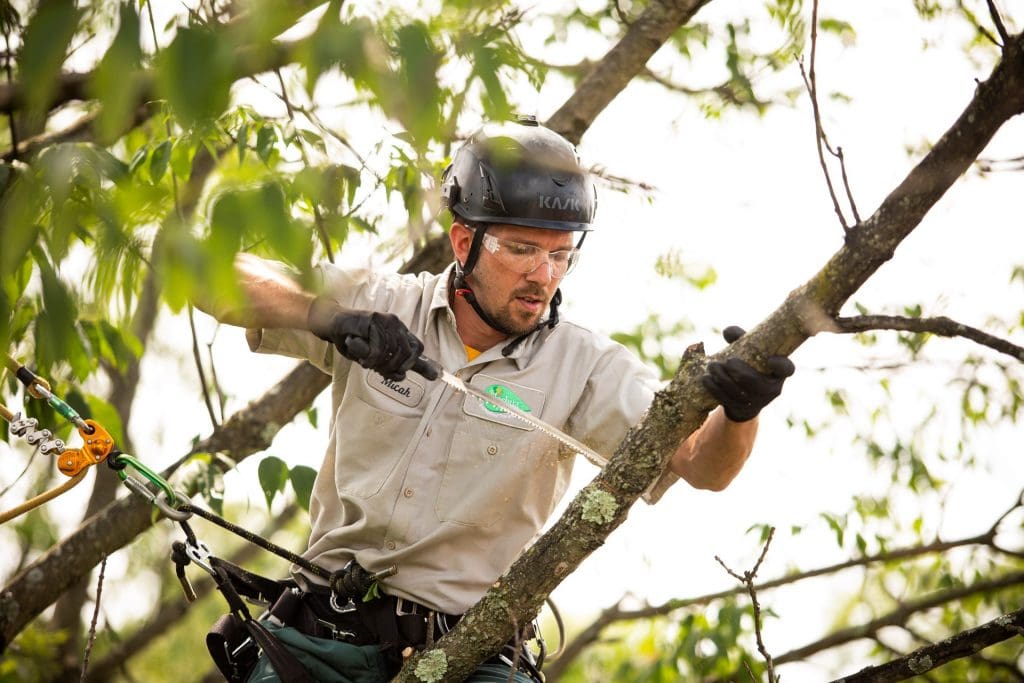
Malik adds that by having your own arborists you can supply additional training whether it’s relationship building, communication styles, selling accurately or promoting new services. He says 60 percent of their arboriculture services are focused on preserving and pruning trees, rather than removing large, hazardous trees.
Insurance premiums are higher when you employ arborists but having the proper safety protocols can mitigate accidents that happen when working in trees. If you decide you want to hire in-house arborists, it is not a decision that should be taken lightly. Scott Jamieson, vice president of Bartlett Tree Experts, based in Schaumburg, Illinois, says that landscape contractors need to be fully committed if they truly want to create an arboriculture division.
“They need to join the Tree Care Industry Association,” Jamieson says. “They need to be members of the International Society of Arboriculture. They need to have their people go through a certified arborist program. If they want to do it right, they got to go all in.”
He says companies need to make sure they have the right insurance and invest in the right equipment as well.
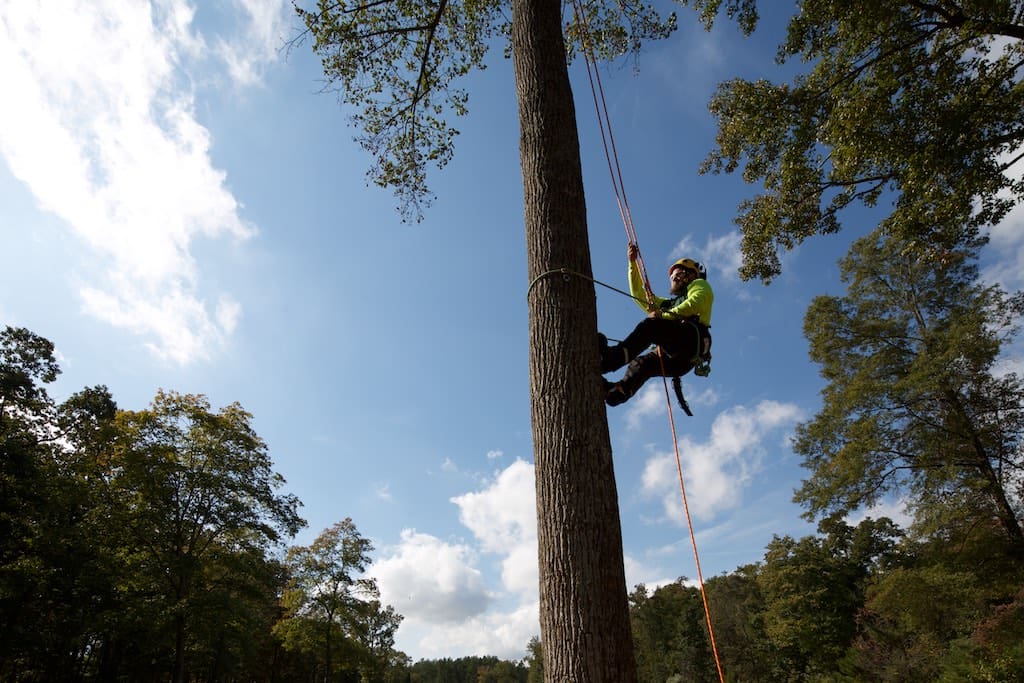
“When it’s not done right, it poses the biggest exposure in our industry,” Jamieson says. “When people aren’t all in, when they’re not fully invested in arboriculture and try to do something they put employees at risk.”
Winsett acknowledges it can be expensive to get a tree care branch started. He says financially it’s smarter to sub the work out until you have built up a good number of clients for the service.
“My advice would be look at how much work do you have and look for a good company if you want to sub it out,” he says. “So, if you’re not doing tree work now, don’t start it without having the proper equipment, the proper people and the proper training to go along with it.”
Subcontracting Arborists
LandCare is one of the companies that opts to subcontract its arborists.
“Our teams focus on our core business of landscape maintenance,” Barber says. “Arbor work has a very different skill requirement and safety plan that would be a distraction to our teams.”
Barber says working with tree care companies means they have the tools and technical resources to complete the work safely, efficiently and professionally.
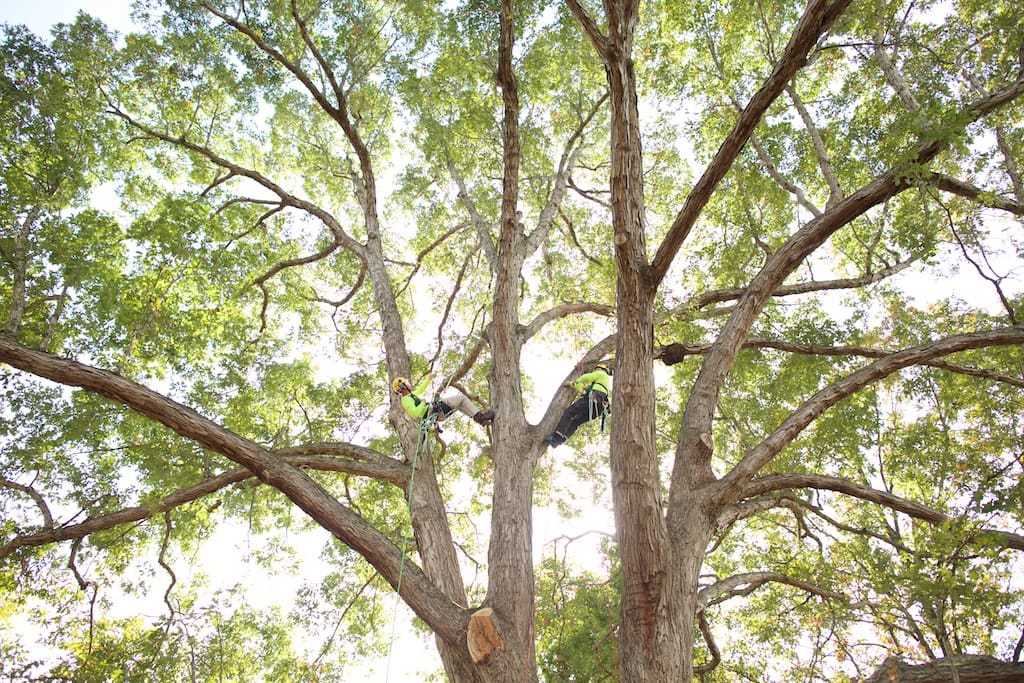
“It’s like going to your general practitioner and then you have to go to a specialist for certain types of procedures,” Jamieson says. “There’s some basic things that anybody can do like remove small trees or maybe prune small trees. A landscape contractor often can handle that. But when they have to deal with larger trees or get off the ground meaning get up into the tree, that’s usually when they should call a specialist.”
Scheduling is one aspect that can be a challenge with working with subcontractors, but this can be avoided by establishing expectations and communication.
“In a good relationship our arbor vendors work with us on priorities and emergencies and we work to understand their backlog and schedule non-emergency (work) accordingly,” Barber says.
Jamieson says forming good relationships with your tree care companies is key.
“It can be a challenge if you’re a landscape contractor and you’re getting multiple bids on tree work because it becomes a commodity,” Jamieson says. “You’re not going to be put at the top of the list. If you have a good relationship with your subcontractor, they’re going to do everything they can to make you successful because you’re a true partner. When those people pick up the phone and call us and say ‘Hey we need you guys right away’ we drop everything and we help them out.”
Signs of Quality Tree Care Companies
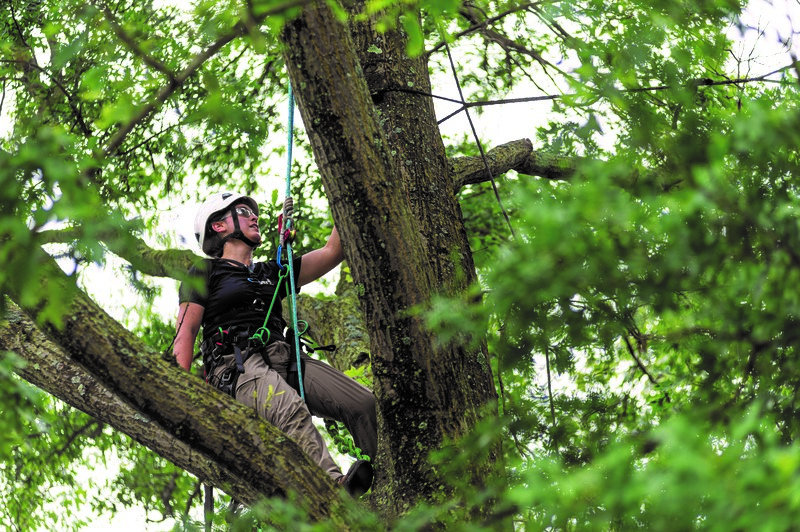
When looking for a good tree company to subcontract with, Winsett says to look for TCIA certification, which makes sure the business is operating correctly and ISA certification, which is for individual arborists. Jamieson agrees that having TCIA and ISA credentials is a good sign the tree care company is an established business.
“If they have those certifications, you can pretty much bet that they’ve been through some good training so that’s one level,” Winsett says. “The other way is to look at their equipment. How do they take care of their equipment? Is it clean? Does it look like it’s functioning properly? Are they explaining to you what they’re going to do?”

Winsett suggests also asking for references and doing due diligence to make sure the tree care company is reputable. He encourages owners to have a basic knowledge of tree care so they can talk the same language with subcontractor companies and know what’s being done.
“There’s so many mistakes that can happen when you go with a bad company,” Winsett says. “They can trim the tree wrong. They cause more damage to the tree. They don’t make the right cuts, so the tree becomes weak at that point and susceptible to diseases. There’s a lot of things that go into it.”

